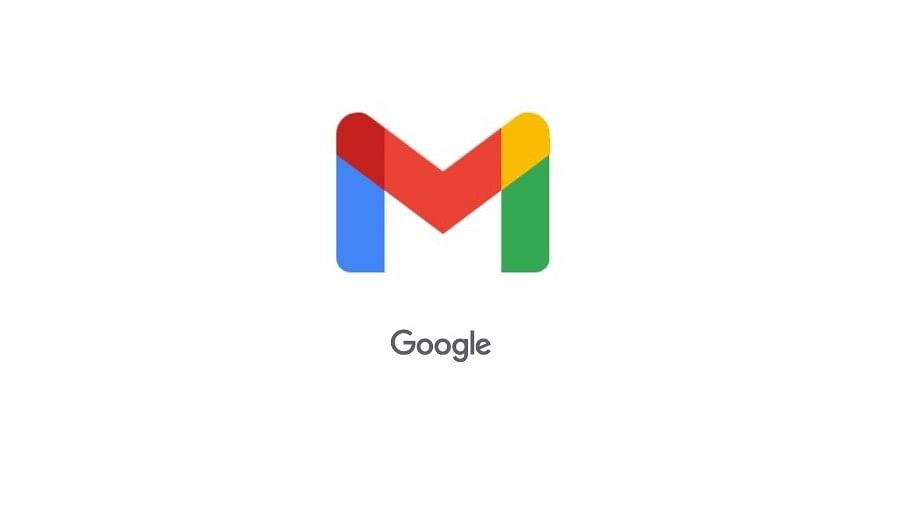
Google Gmail to get more security features to protect against phishing attacks.
Credit: Gmail webpage (screen-gran)
With the increased use of smartphones around the world, cybercriminals are coming up with ingenious ways to prey on naive users.
The most preferred technique to hoodwink smartphone owners is to send benign-looking emails with big job offers, cash prizes, and other lucrative baits. If they take it, the bad actors will coax them to reveal their financial details. Before the victims realize what is happening, they would have already lost their hard-earned money, and is almost impossible to recover it.
To control such phishing attacks, Google, over the years has improved Gmail security to detect such malicious emails early. But, still people continue to fall prey to such online fraud.
Google has shed some light on why despite enhanced screening, cybercriminals are still able to bypass the security. They use adversarial text manipulations such as homoglyphs (interchanging alphabet 'O' and numerical zero '0' ), invisible characters, keyword stuffing, and emojis to evade the classifiers.
Now, Google has come up with a more robust, defense-grade Artificial Intelligence(AI)-based technology to enhance the text classifiers.
Called RETVec (Resilient & Efficient Text Vectorizer), it is a more robust and efficient multilingual text vectorizer that can help Gmail achieve state-of-the-art classification performance.
Google Gmail gets RETVec security feature
Credit: Google
Also, it doesn't need Gmail to be connected to the cloud at all times for text preprocessing. It can perform on-device.
With this, Gmail will be able to further improve its efficiency in blocking phishing attacks and spam by up to 38 per cent.
In a related development, Google YouTube has announced to step-up measures to control the spread of misinformation and deepfakes on its platform.
Get the latest news on new launches, gadget reviews, apps, cybersecurity, and more on personal technology only on DH Tech.